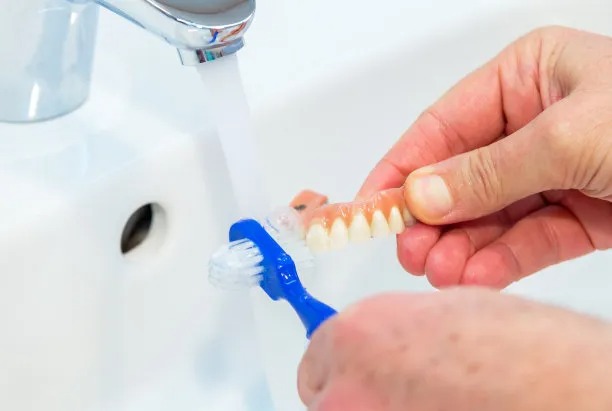Essential Guidelines for Ensuring a Safe and Effective Dental Filling Procedure to Protect Your Oral Health and Comfort
Summary: Dental fillings play a crucial role in restoring the function and integrity of damaged teeth. Ensuring a safe and effective dental filling procedure is vital for protecting your oral health and ensuring your comfort. This article outlines essential guidelines aimed at helping patients understand the variables involved in dental fillings. It emphasizes the importance of selecting a qualified dental professional, understanding the materials used for fillings, preparing adequately for the procedure, and practicing post-operative care. By following these steps, patients can greatly enhance their experience and outcomes, maintaining both oral health and comfort.
1. Selecting a Qualified Dental Professional

The foremost step in ensuring a safe and effective dental filling procedure is to select a qualified dental professional. Researching the credentials, experience, and patient reviews of potential dentists can help guarantee that you are in capable hands. Look for a dentist who specializes in restorative dentistry, as they possess the necessary skill set to execute filling procedures with precision.
Moreover, it is important to build rapport with your dentist. A good dentist should be willing to discuss options, explain the procedure clearly, and make you feel comfortable before the filling. Dont hesitate to ask questions about their experience with specific materials, techniques, and the overall filling process to ease any concerns.
Lastly, consider the clinic’s environment. A clean, modern office indicating proper hygiene practices is an essential criterion. This not only contributes to a more comfortable experience but also reduces the risk of infection during your dental visit.
2. Understanding Filling Materials
Education on the different types of filling materials is essential for making an informed decision about your dental care. Common materials include amalgam, composite resin, gold, and porcelain. Each type has its unique advantages and disadvantages, influencing factors such as durability, aesthetics, and cost.
For instance, amalgam is highly durable and often used for fillings in the back of the mouth where biting pressure is greatest. However, it is less aesthetic than composite resin, which can be customized to match the color of your natural teeth. Understanding these factors can help you discuss your preferences with your dentist effectively.
Furthermore, be aware of any allergies you might have; some individuals react to specific filling materials. Communicating this with your dental professional during the consultation ensures that they select an appropriate material, minimizing any risks and focusing on your comfort.
3. Preparing for the Dental Procedure
Preparation is key to a smoother dental filling procedure. Prior to your appointment, it might be beneficial to maintain a healthy routine, including sufficient sleep and nutrition. If prescribed, follow any pre-op instructions from your dentist, such as refraining from certain medications that can exacerbate bleeding or inflammation.
Arriving at your appointment with a clean mouth can enhance the procedure as well. Ensure you follow any recommended oral hygiene practices before the visit, which will help the dentist focus on the filling without additional distractions such as a build-up of plaque.
Lastly, consider having a friend or family member accompany you. This not only provides emotional support but can also assist with transportation, especially if local anesthesia is used during the filling procedure, which could affect your ability to drive afterward.
4. Practicing Post-Operative Care
Post-operative care plays a significant role in ensuring the longevity and effectiveness of your dental filling. After the procedure, it is advisable to wait until the numbness from anesthesia wears off before eating to prevent accidental biting of the tongue or cheek.
Moreover, be mindful of any discomfort following the procedure. Some sensitivity is common, especially with hot or cold foods. If the discomfort persists or increases, be sure to contact your dentist to ensure there are no complications.
Finally, maintain a diligent oral hygiene routine to support the health of your filling and overall dental health. Regular brushing, flossing, and routine check-ups help prevent new cavities while ensuring your existing fillings remain in good condition.
Summary:
Ensuring a safe and effective dental filling procedure is integral to protecting your oral health and comfort. By focusing on selecting a qualified dental professional, understanding filling materials, preparing adequately, and practicing post-operative care, patients can enhance their overall experience. Each step is crucial to promote long-term oral health and satisfaction with the procedure.
This article is compiled by Vickong Dental and the content is for reference only.



